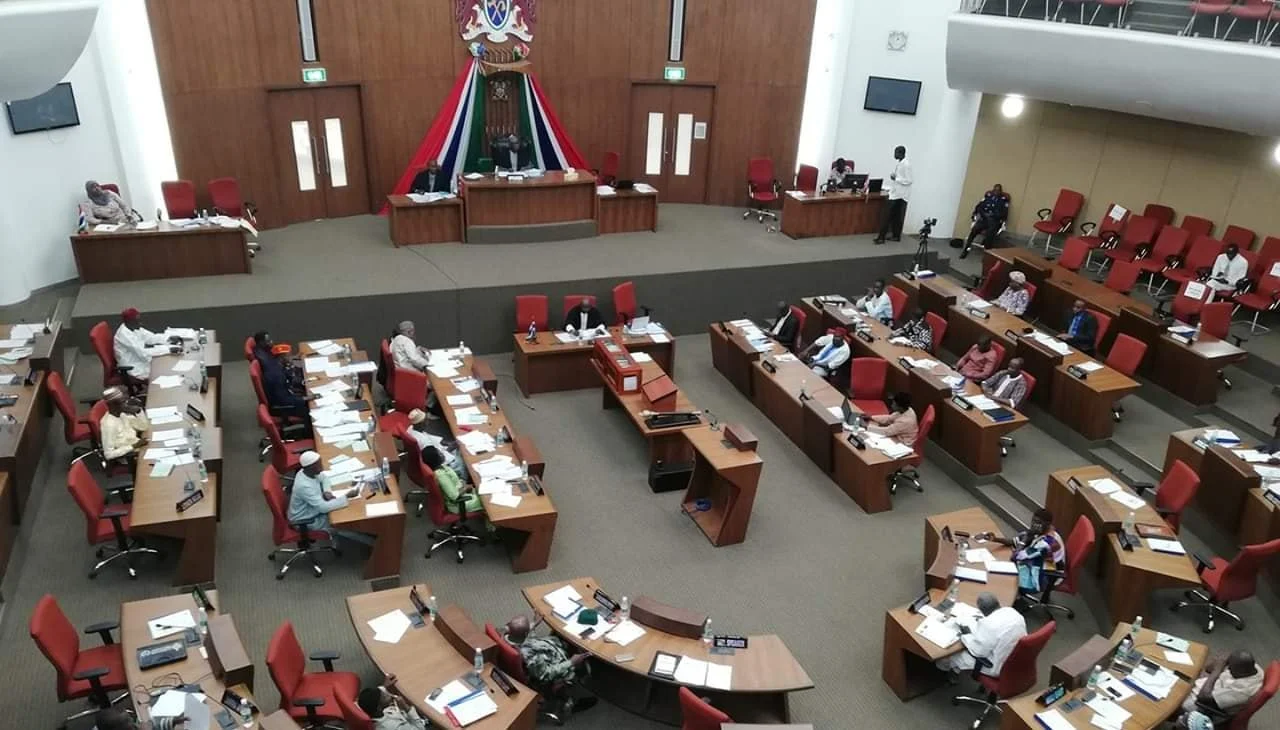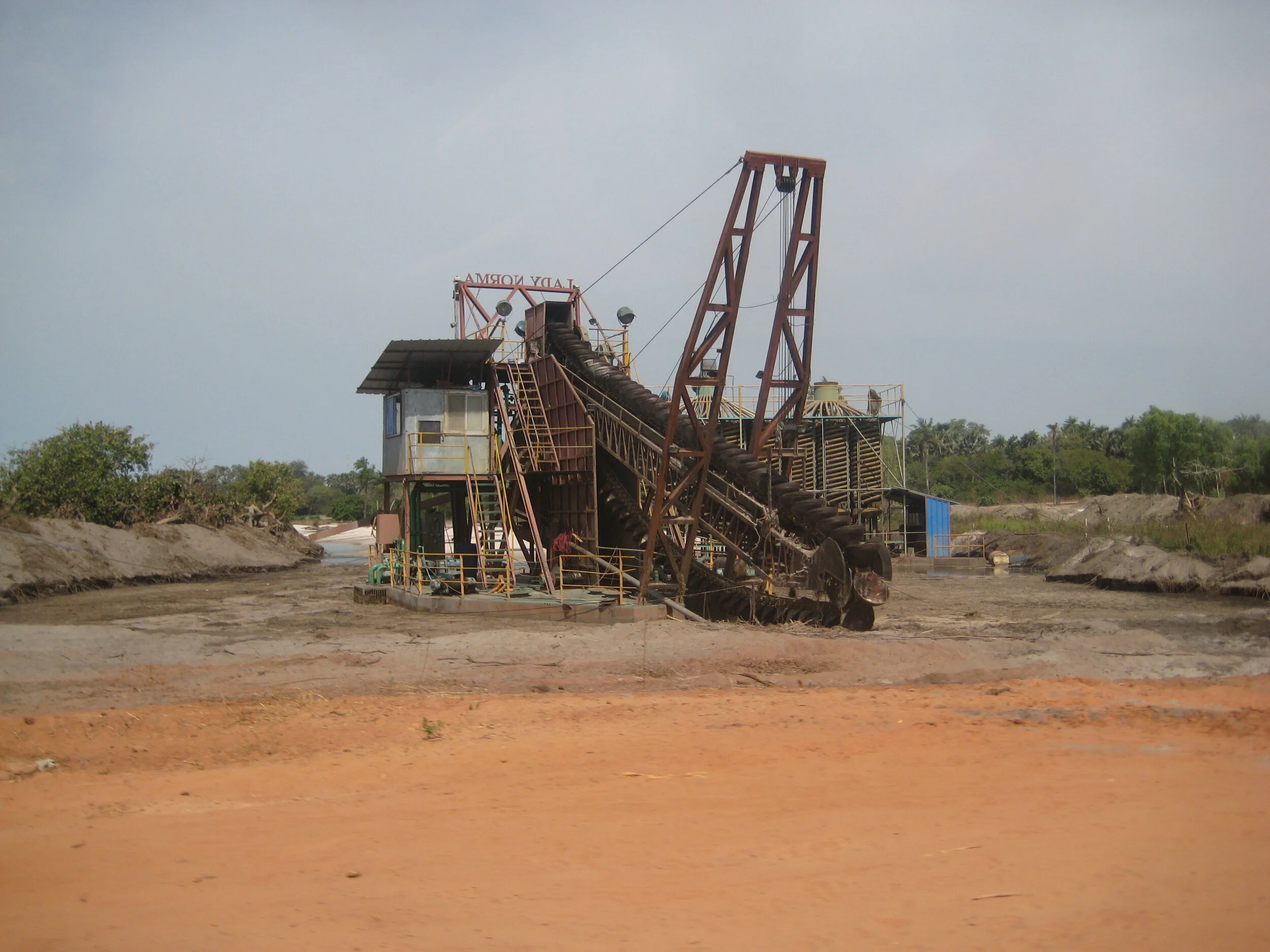Constitution building in the Gambia dates back to the colonial period particularly when the country became a full-fledged colony between 1894 and 1902. In order to ensure effective control over the Gambia the British had to develop various constitutions through which they built institutions to enforce their authority over the lands and people of the Gambia.
Two of the foremost institutions through which the colonialists governed the country were the Legislative Council and the Executive Council. The Legislative Council for the Gambia met for the first time in 1843. Since then various constitutions were created to expand and determine its mode of membership, i.e. either by selection, nomination or election. Usually membership was concentred on Europeans until 1883 when a Gambian, J.D. Richards was appointed into the body. But by 1947 a new constitution was created that allowed for the election of an African representative from the colony for which EF Small was elected for Banjul.
The Legislative Council was eventually abolished in 1960 to be replaced by a House of Representatives following the 1959 constitutional conference and the subsequent creation of a new constitution by Governor Edward Windley. That constitution established the House of Representatives consisting of 34 members, 19 of whom were directly elected. It also gave the right to the people of the protectorate for the first time to directly elect their representatives. It was this constitution that actually opened the floodgates for the journey towards Gambian Independence.
The constitutional development process continued in 1961 when another conference was held in Banjul from 4 – 11 May 1961. This led to the London constitutional conference which was held in the same year on July 24. It was these conferences that gave birth to the 1962 Constitution which set the stage for elections that year and constituted the House of Representatives thus; 25 seats for Protectorate, 7 seats for Colony and 4 Chiefs. Consequently the 1962 elections resulted in PPP winning 18 seats, UP 13 seats and DCA with 1 seat. The 1962 Constitution also created an Executive Council headed by the Governor, a prime minister, an attorney general and 8 other ministers.
The significance of the 1962 constitution was that it created 32-member representatives and set the motion for the Gambia to attain internal self-rule. Therefore when the PPP won the majority seats, the Governor appointed Jawara as Premier and asked him to form his cabinet. In October 1963 the colonialists gave the country full internal self-rule status and Jawara then became Prime Minister.
In the following year, 1964 the most significant constitutional conference was held in London where the subject matter was the independence of the Gambia. This conference led to the enactment of the Gambia Independence Act in December 1964 by the British Parliament with the title, ‘An Act to make provision for, and in connection with, the attainment by The Gambia of fully responsible status within the Commonwealth’.
The London conference agreed that the Gambia would become independent on 18 February 1965 on the basis that it will seek membership of the Commonwealth and that the Queen of England would also become the Queen of the Gambia. On the appointed date, at a huge colourful ceremony in Banjul the Union Jack was lowered and the Gambian flag was hoisted. Jawara was formally confirmed as Prime Minster and Sir John Paul was appointed as Governor-General. In 1966, Paul was replaced by Sir Farimang Singhateh as the Governor General.
From the foregoing it is clear that the Gambia was indeed not an Independent country by 1965 but a British dominion with internal self-government status. Hence the journey towards independence continued with two referendums on the question of being a republic. The first referendum was held in November 1965 but the ‘Yes Vote’ fell short of the two-thirds majority by only 758 votes. The second referendum was held in April 1970 where the two-thirds majority was met and the Gambia was declared an independent republic on 24 April 1970.
The result of that referendum meant that another constitutional process had to emerge leading to the creation of the 1970 Republican Constitution. However by then this constitution was already passed by the House of Representatives on 18 December 1969 but then assented to by the Queen of England on 24 April 1970. That constitution unified the office of Head of State into an Executive Presidency and abolished the office of the Governor General, as head of state and representative of the Queen of England. Jawara became the first President of the Republic and Sir Farimang Singhateh ceased to be Governor General.
Since 1970 the Gambia did not encounter any major constitutional issues until 1994 when the military overthrew the PPP government and suspended parts of the 1970 Constitution. Following a transitional process lasting two years a new constitution was drafted and subjected to a referendum in August 1996 that came into force in January 1997.
There exist fundamental differences between the 1970 and 1997 constitutions. For example while Section 1 of the 1970 Constitution stated that the Gambia was a sovereign republic yet it did not establish on who resided that sovereignty. In the 1997 Constitution, section 1 subsection 2 clearly states that the sovereignty of the Gambia resides in the people of the Gambia and the legitimacy of the state is derived from the people. The 1970 Constitution did not have a preamble which is contained in the 1997 Constitution. While both constitutions have stipulated the fundamental rights and freedoms of Gambians, yet the 1997 constitution was more extensive and explicit under the Chapter Four. Furthermore the 1970 Constitution did not provide for the establishment of most state institutions as is the case in the 1997 Constitution. In fact the 1970 Constitution was enacted as an act of parliament and not subjected to a referendum as was the case with the 1997 Constitution. However the 1997 Constitution also leaves much to be desired especially given the uncountable amendments it has been subjected to over the period to satisfy the whims and caprices of former president Yaya Jammeh.
In building a new constitution for the Third Republic, major lessons must be learnt from both Independence constitutions to ensure that fundamental republican and democratic values, standards, institutions and processes are clearly provided and protected to ensure good governance. This includes presidential term limits, limitation of the powers of the president, expansion of the rights of citizens and strengthening the oversight functions of the parliament.
A constitution of any society does not only provide a legal basis for the existence of that body but also establishes the rights and obligations of the members individually as well as the body itself as a whole. A constitution further defines and sets the aims and objectives of that body as well as the values, standards, rules, processes and institutions of that society. Hence a constitution therefore is also a performance assessment and an accountability tool that determines the health and strength of any body and its members. For that matter a constitution is usually set in a kind of language and structure that makes it long-lasting, difficult to change and sustainable in order to cater for the present and the future needs of society at the same time.
----------------------
This article draws from many sources including;
1. Hughes, Arnold and Perfect, David. “Historical Dictionary of the Gambia”. The Scarecrow Press, Plymouth, fourth edition, 2008
2. Hughes, Arnold and Perfect, David. “A Political History of the Gambia, 1816 – 1994”, Rochester, N.Y.: University of Rochester Press, 2006
3. K. Jawara, Dawda. “Kairaba”, Haywards Heath, West Sussex, UK. 2009
4. A.S. Jammeh, Ousman. “The Constitutional Law of the Gambia: 1965 – 2010”, AuthorHouse, 2011
5. Saine, Abdoulaye S, Ceesay, Ebrima Jogomai and Sall, Ebrima. Eds. “State and Society in the Gambia Since Independence: 1965 – 2012”, Africa World Press, Trenton New Jersey, 2013
6. Constitution of the Republic of the Gambia 1970
7. Constitution of the Republic of the Gambia 1997






